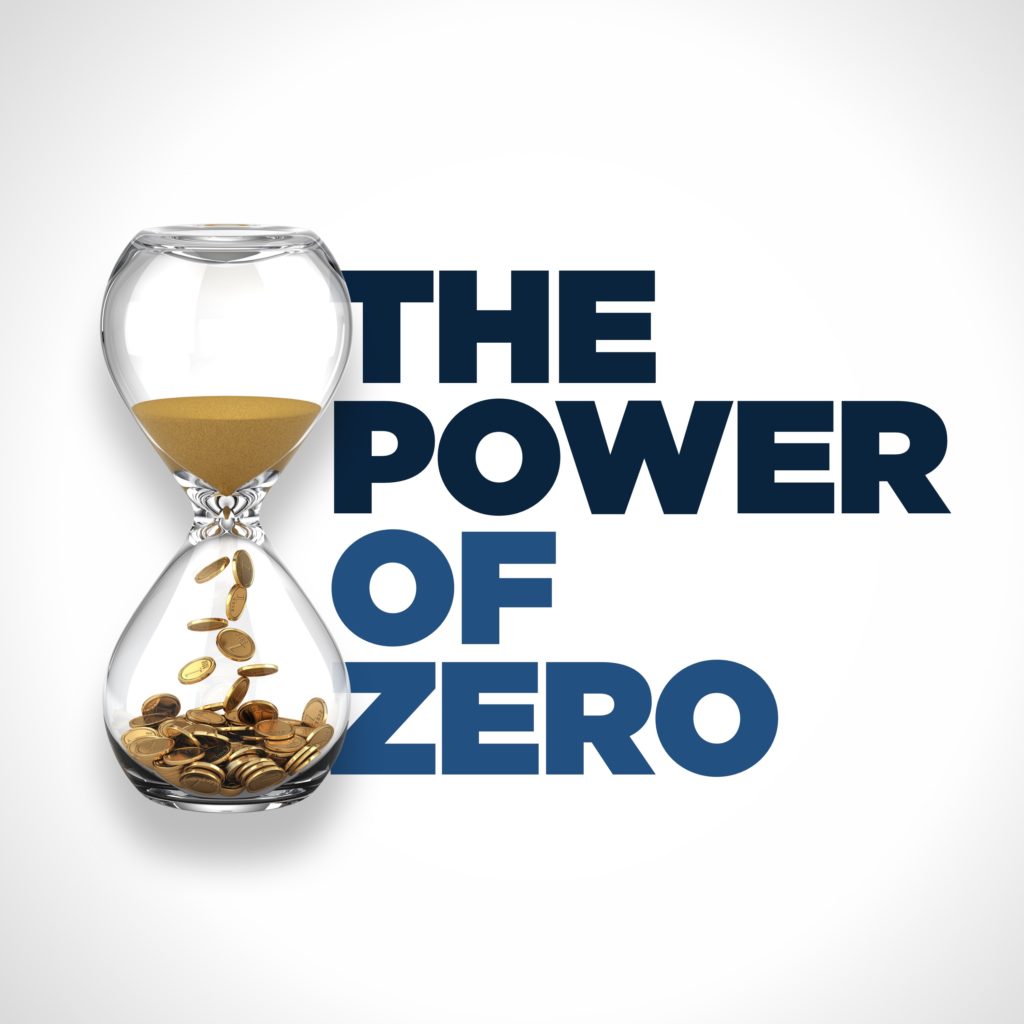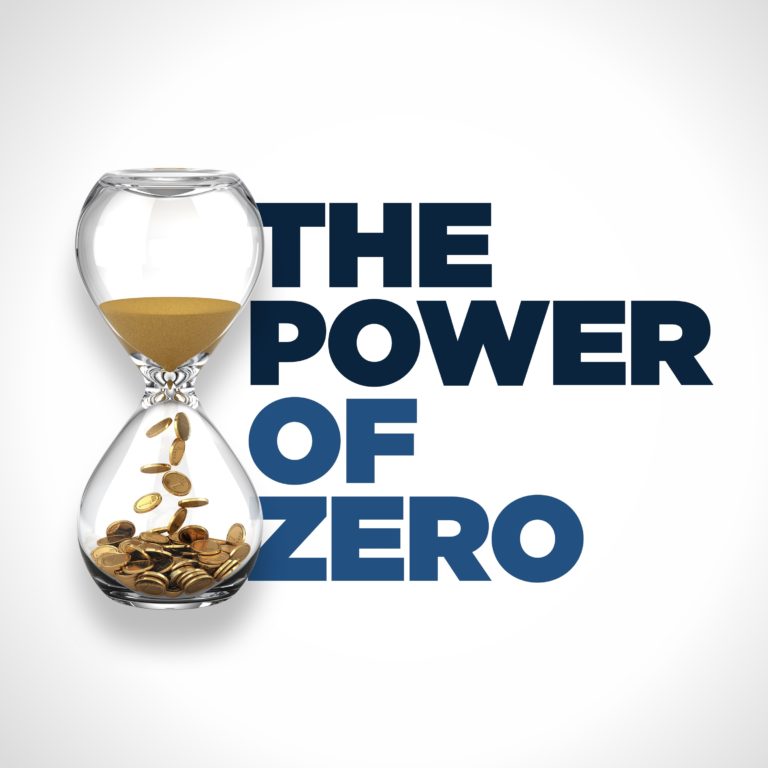David gets variations of one question pretty frequently whenever he gives one of his presentations, whether that’s in front of financial advisors or members of the general public.
At the end of the workshop, there are five takeaways. The first is that tax rates are likely to be dramatically higher in the future than they are today. Mathematically speaking, we are past the point of no return.
The second is that the only way to truly insulate yourself from the impact of higher taxes is to get to the zero percent tax bracket.
The third is that it is nearly impossible to get to the zero percent tax bracket with only one stream of income. This is where most people stumble.
Invariably at the end of the presentation, someone will come up and ask what the other streams of tax-free income are despite having just gone over six different streams during the presentation. People tend to fixate on the LIRP and forget about the rest.
The LIRP is great, but it has a narrow focus and doesn’t do enough to generate a stream of tax-free income on its own.
Typically, David recommends diversifying your tax-free streams of income because each one is unique and accomplishes different parts of the strategy.
Getting to the zero percent tax bracket is like fitting pieces of a puzzle together. Only when you fit them all together does the zero percent tax bracket come into play for you.
The first stream is the Roth IRA. If you’re younger than 50, you can contribute $6000. If you’re older than 50, you can contribute $7000. The thing that makes the Roth IRA unique besides being tax-free is that when you put money in, you can take money out right away. It’s the only tax-free stream of income with that feature.
The Roth 401(k) is unique because it’s part of a company plan and they will often have inducements that go with it.
The Secure Retirement Act 2.0 that is working its way through Congress will also allow you to direct that match to your tax-free bucket. This company match is free money and that’s something you should always take advantage of.
The Roth conversion is unique because it can be the workhorse for your retirement planning. It allows you to convert as much as you want to tax-free because there are no limits at the moment. If you have a lot of money in your IRA ($10 million+), it probably makes sense to convert all of that money before tax rates go up next year.
Required Minimum Distributions are interesting in that they come from your tax-deferred bucket. The idea is that the balance in your IRA is low enough that your RMDs at age 72 are equal to your standard deduction and don’t cause Social Security taxation. RMDs are the only strategy where you get a deduction on the front end, the money grows tax-deferred, and you can take it out tax-free, also known as the holy grail of financial planning.
The LIRP has a lot of things going for it, but one thing that really stands out is the death benefit. Should you die prematurely, your heirs get a death benefit. With the right LIRP, you can also receive that death benefit in advance of your death for the purpose of paying for long-term care. This avoids the heartburn of paying for something you hope you never use.
Social Security is the final stream of tax-free income. As long as your provisional income is below certain thresholds, it’s tax-free and functions a lot like an annuity. It can help you mitigate longevity risk, inflation, and sequence of return risk. The longer you live, the better it gets.
The Power of Zero approach is built around having multiple streams of tax-free income. This is also how you know whether an advisor is following the true Power of Zero plan. Each stream of tax-free income is unique in its own right and contributes something to your retirement plan that none of the others can do.



